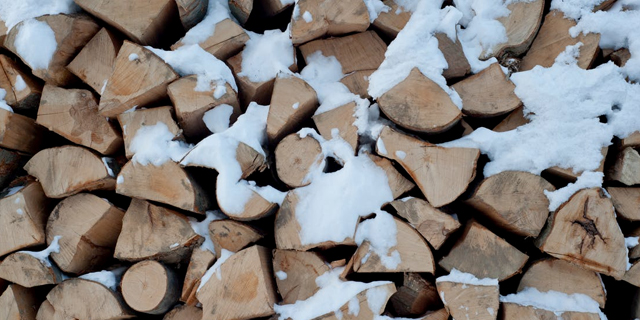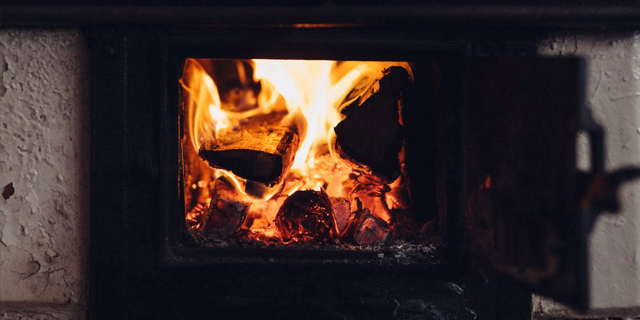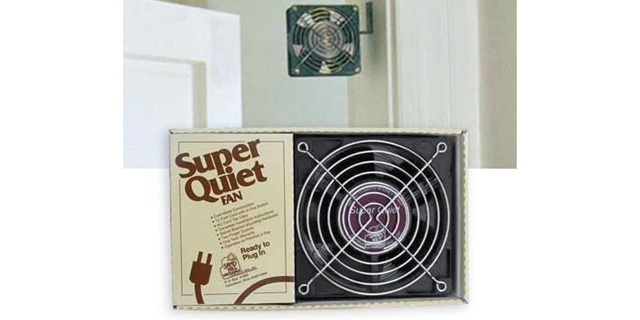Heating with wood is not something that you can just jump into and be an expert. There are many lessons that are learned from years of experience. Veteran wood burners are the best source for useful advice and tips. However, don’t take their advice as the only way of doing things. Just because it works for them does not mean it will work perfectly for you. Take their advice as guidance but you will find what works best for you.
So here are a few wood burning lessons that I have learned over the years of burning wood as a main heat source.
There will never be Too Much Wood

I have never heard a wood burner yet complain about having too much firewood or firewood left over at the end of the season. Trying to figure out how much wood you need for a heating season is a hard task to do. There are so many variables that come into play with the amount of firewood you will need. The one variable that is uncontrollable is the weather and how cold the winter season will get. No one can predict this or stop it from happening.
Some controllable variables to consider are the frequency that you will be burning. Will it be the main heat source or just a backup or supplemental heat source to cut energy costs? How well your home and windows are insulated is going to play a factor in your homes ability to hold the heat. The square footage of the area that you will be heating is going to be extremely important in the amount of firewood you will need.
Over time you will discover a range in the quantity of firewood that will be needed for the complete heating season. Some wood burners in warmer locations only need 2-4 face cords of wood while wood burners in Northern Michigan could need upwards of 10-12 face cords of wood. Also keep in mind that you should stack firewood in a firewood rack up off the ground to keep it dry and seasoned.
*Tip: A face cord is split firewood stacked tightly and neatly in a row measuring 4 ft. x 4ft. x 8 ft.
Building a Fire is about Trial and Error

The goal when building a fire is to obtain a fire that lets off very little smoke by getting the fire going quickly, reaching higher temperatures fast. There is no right or wrong way to build a fire. It is all on finding which technique works best for you personally. But I do have some guidelines for you to think about when planning to build a fire…
- Keep a variety of log sizes indoors for starting a fire.
- Have a supply of kindling in a basket near the hearth.
- Build a fire using smaller diameter seasoned logs, kindling, and a Firestarter.
- Do not ever use a flammable liquid like gas or kerosene when starting a fire.
- Do not burn anything toxic like garbage, plastics, lumber materials, etc. in a wood burner
You have to Circulate the Warm Air
When burning with wood, no matter if it be in a wood stove or a fireplace, the warm air needs to be circulated and pushed to other rooms of the house if it is being used as a main heat source. Having an appliance with a blower will help but it may not be enough if your home does not have an open floor plan.
Using small fans that mount in the upper corner of a door way will help to push the warm air into adjoining rooms. These small fans are easily installed and are almost unnoticeable because they are much quieter than a regular home fan.
Not all heating appliances have a blower included so you will need a fan closer to the unit rather just in the doorway openings. For these instances an Ecofan is a great option. This fan sits right on top of the wood stove and is operated by the heat radiated from the wood stove. There are no cords to plug in or wire to connect. Once the wood stove is giving off enough heat the fan will turn on and when the stove cools down the fan will shut down accordingly. This is perfect for when the power goes out as well because there is no electricity required to operate the fan or the wood stove for that matter. You will not be sitting in the cold when the power goes out again.








